Gubi brings back Pierre Paulin’s space-age ‘F300’ chair, where tech meets craft
Wallpaper* speaks with Gubi CEO Marie Schmidt to learn how the Danish brand’s team of ‘furniture detectives’ brought Pierre Paulin’s 1965 ‘F300’ chair back to life
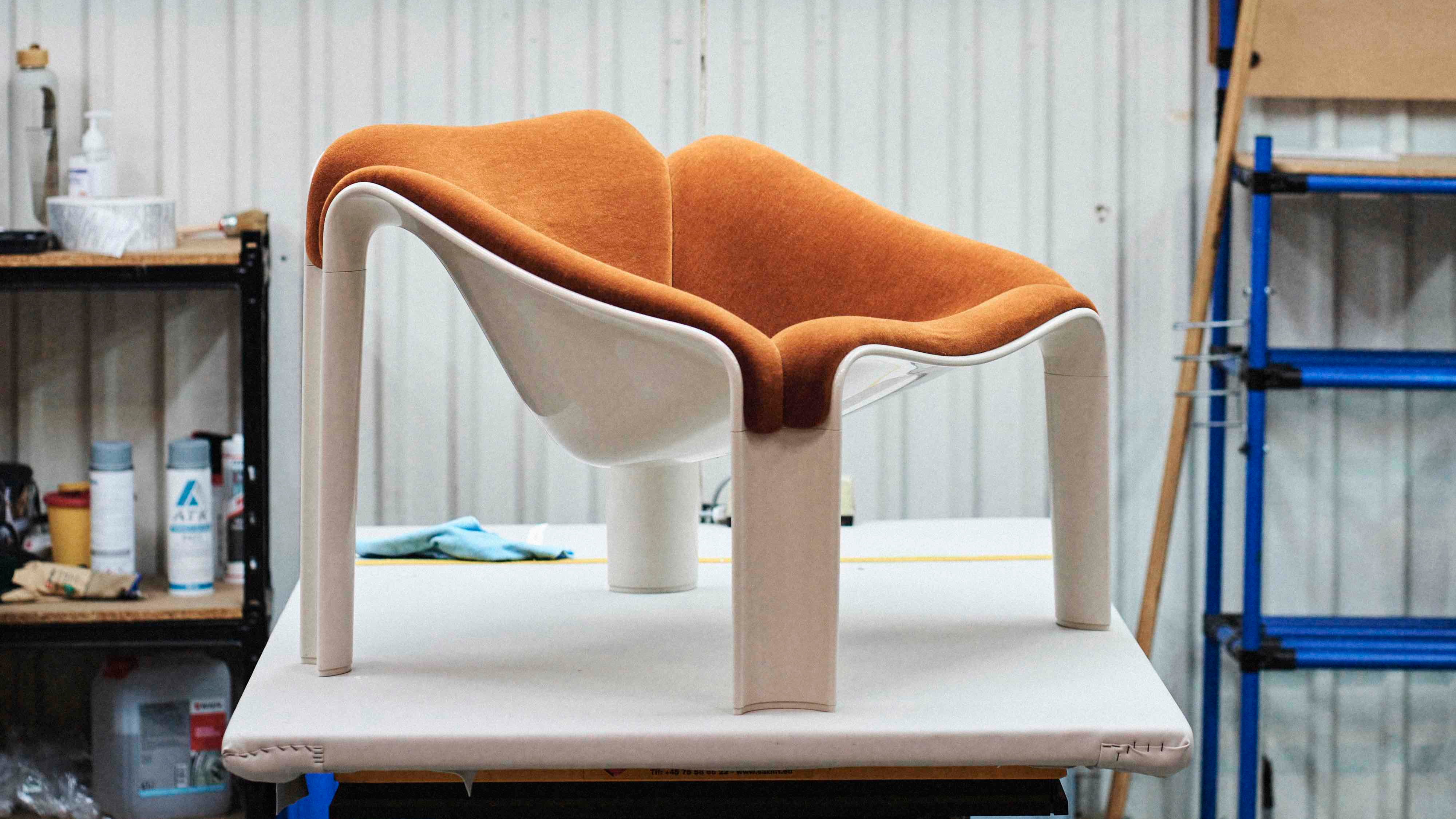
The experimental designs of the 1960s and 70s have been enjoying something of a resurgence in recent years. At Milan Design Week 2025 last month, we saw conversation pits, exhibitions and talks staged in beds, low-slung seating, high-gloss surfaces and deep pile carpets – in fact, all manner of carpets. The proliferation had us reflecting on what it is about this era that continues to appeal, some 50 years later.
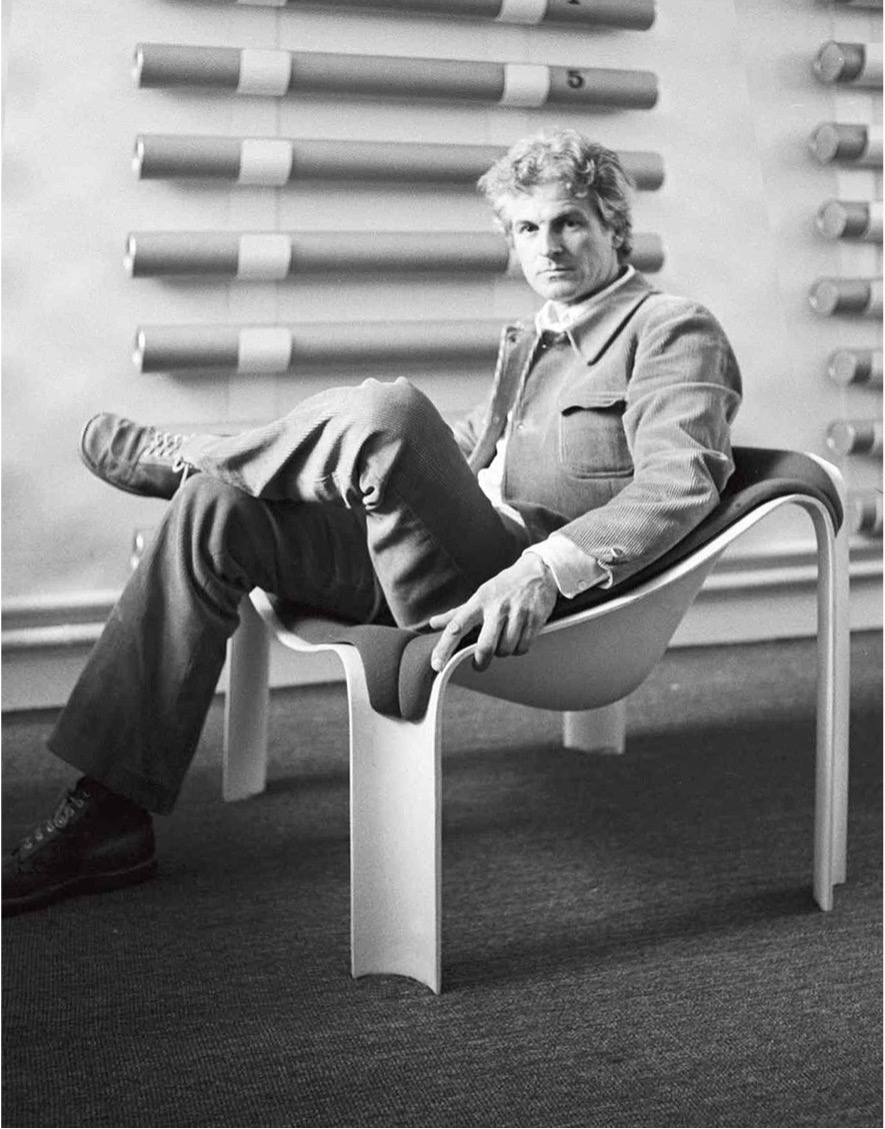
Pierre Paulin debuted the ‘F300’ chair in 1965 with furniture brand Artifort
The work of one designer in particular from that time seems to strike a chord: Pierre Paulin. He believed furniture (such as his tables, honoured in an exhibition last year) should be intuitive, relaxed and unconstrained by traditional domestic hierarchies – a sentiment that aligned with the cultural shifts of the late 1960s, and which feels just as relevant today.
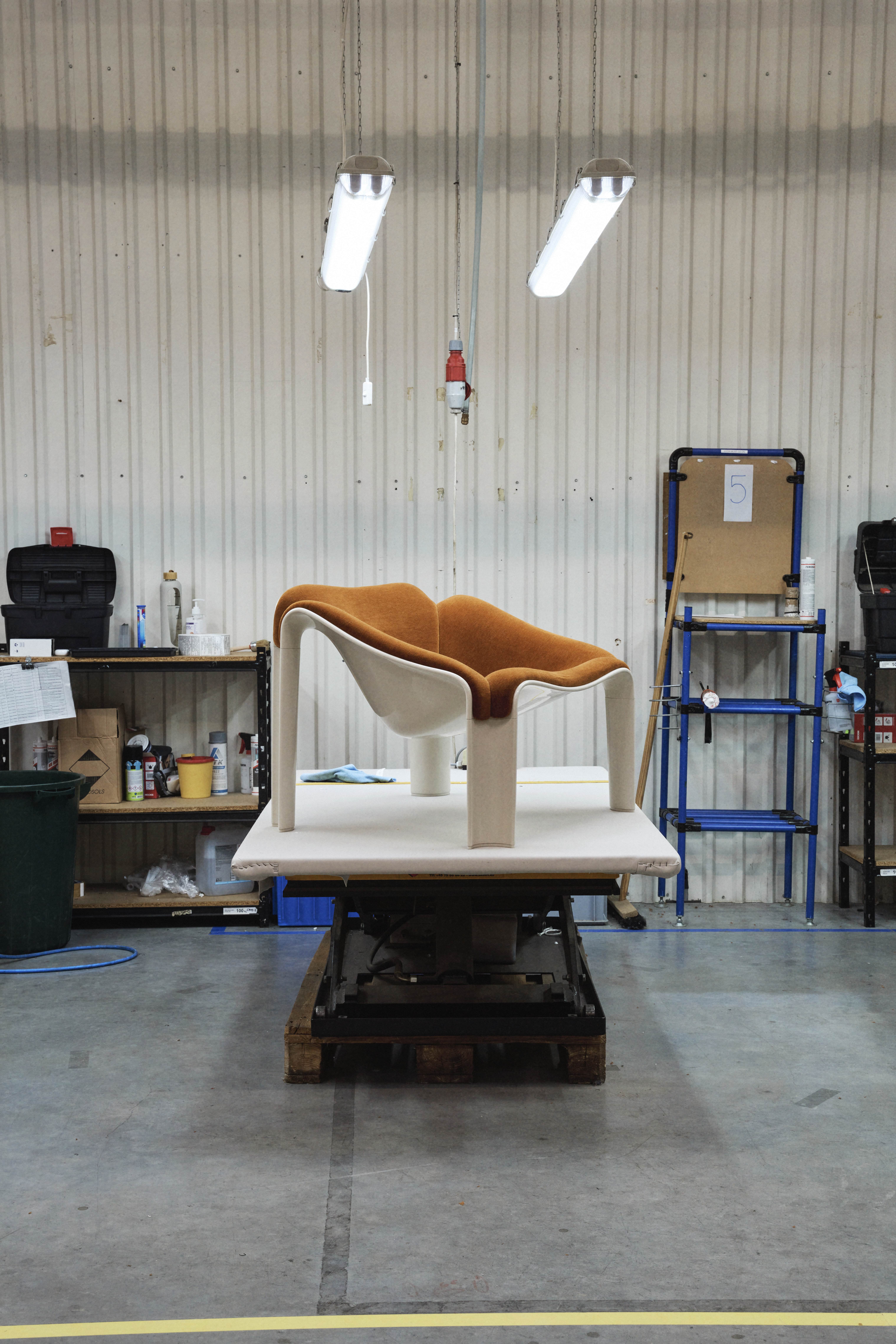
The chair is made using complex and largely manual, multistage production process
This desire for more casual, sensual furniture has not gone unnoticed by Danish brand Gubi, which today unveils its latest reissue: Paulin’s ‘F300’ chair, a design that made its debut in 1965 – a supercharged phase of the French designer’s career.
‘It captures a spirit of 1960s experimentation that still resonates today – not out of nostalgia, but because we’re craving a kind of relaxed informality in our interiors’
Marie Schmidt, Gubi CEO
Hammock-like in its form and unlike anything seen before, the original fibreglass chair marked a turning point in Paulin’s practice, moving away from traditional forms and into something more sculptural and radical. It introduced a new chair typology altogether, one that challenged what domestic furniture could look and feel like.
‘It captures a spirit of 1960s experimentation that still resonates today – not out of nostalgia, but because we’re craving a kind of relaxed informality in our interiors,’ reflects Marie Schmidt, Gubi CEO. ‘It’s low, tactile, and invites conversation at eye level.’
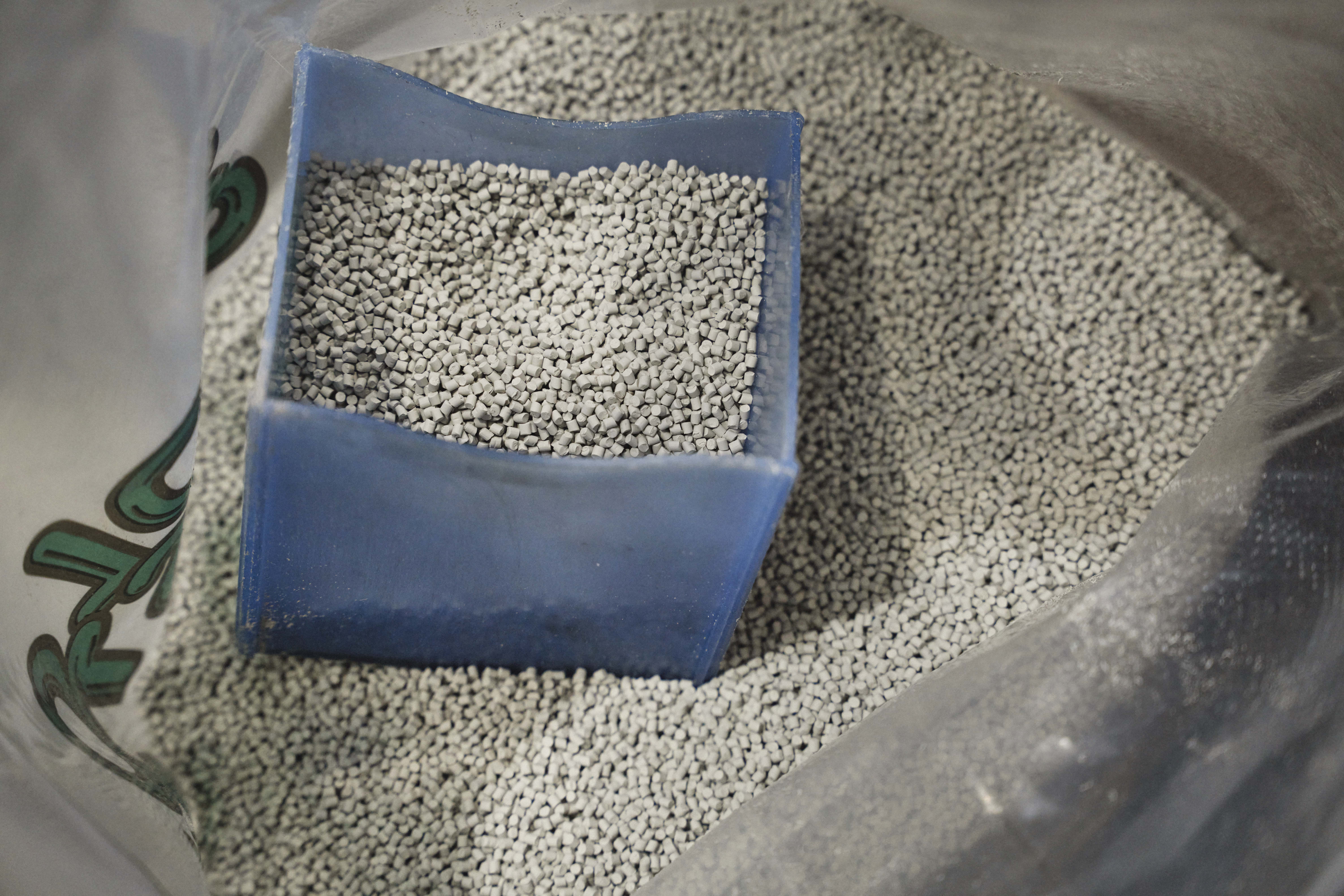
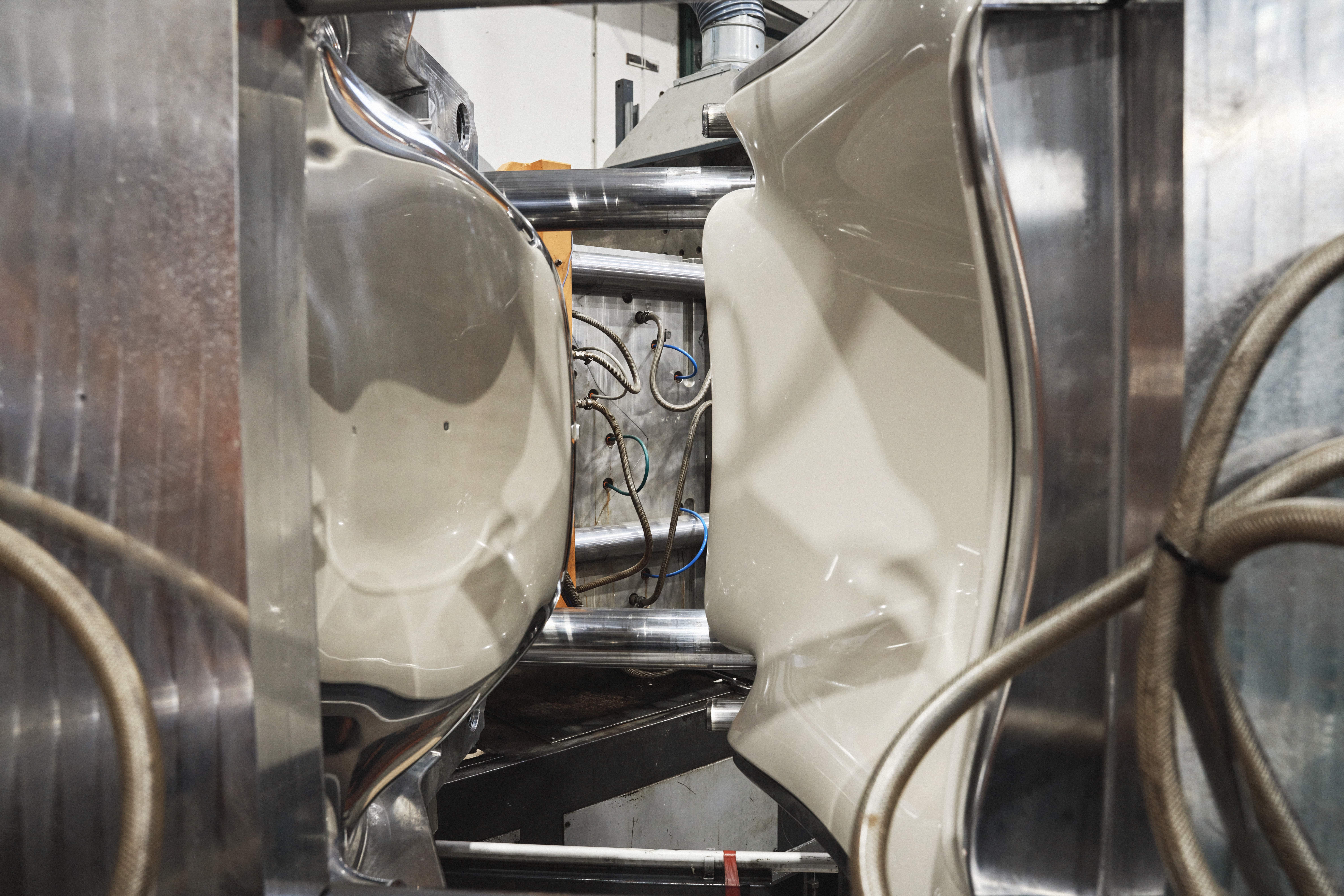
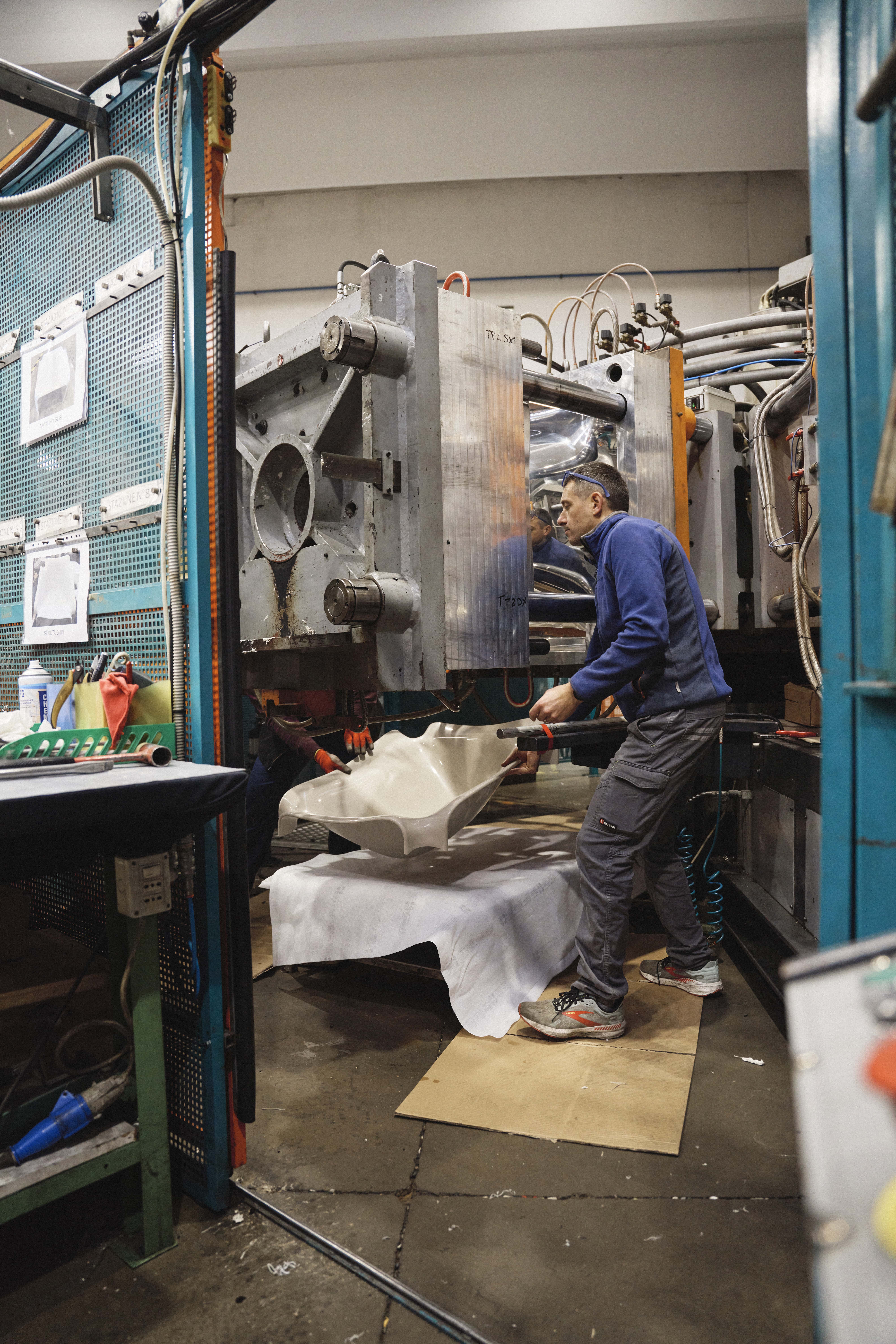
For Gubi – already in close dialogue with the Paulin family, specifically with the designer's son Benjamin Paulin, who acts as a steward of his father’s design legacy through the studio Paulin, Paulin, Paulin – following the reissue of the popular ‘Pacha’ lounge chair and ottoman, the ‘F300’ felt like a natural next step. However, the process was anything but simple.
‘Our in-house team essentially works like furniture detectives. We study reference models, disassemble them, analyse material behaviour – it’s a forensic process’
Marie Schmidt, Gubi CEO
Despite the chair’s early acclaim (it was originally produced by Artifort), Gubi struggled to find much documentation detailing its manufacture. The reference models the team examined revealed subtle variations, pointing to a complex and largely manual, multistage production process. ‘Our in-house team essentially works like furniture detectives,’ explains Schmidt. ‘We study reference models, disassemble them, analyse material behaviour – it’s a forensic process. The goal is always to remain as faithful to the designer’s original intent as possible, while making the piece viable for modern production.’
Receive our daily digest of inspiration, escapism and design stories from around the world direct to your inbox.
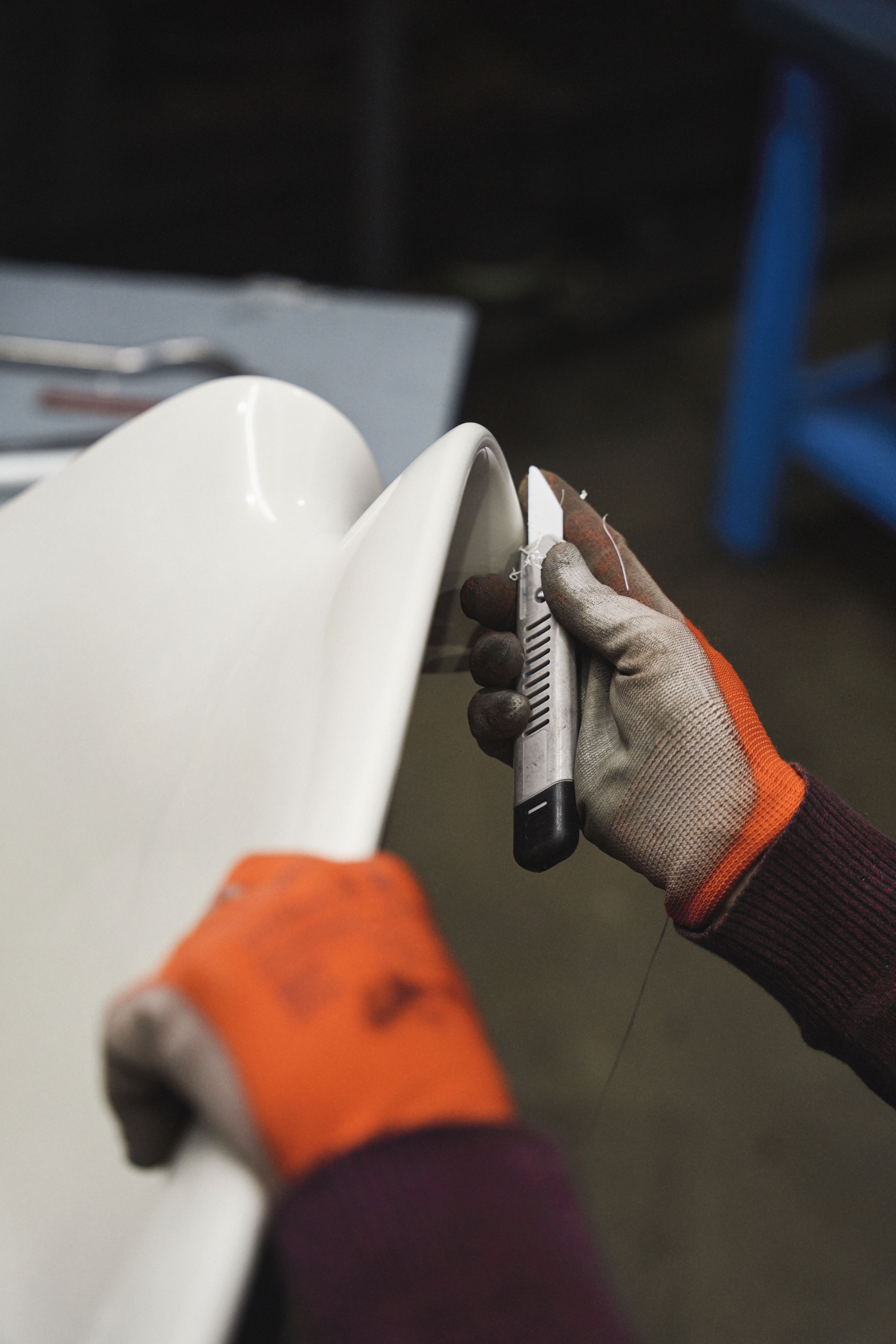
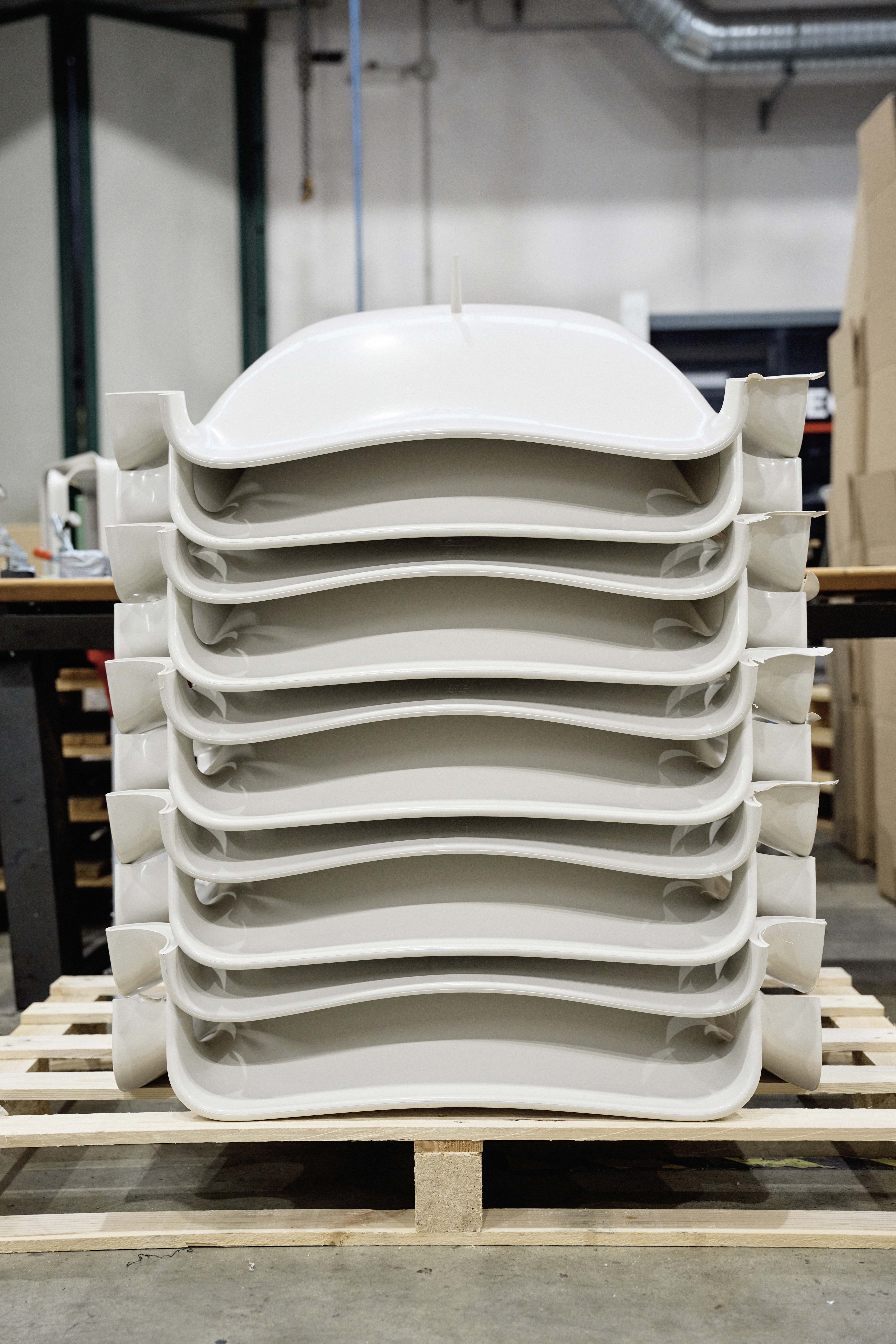
The team found that the original was produced through a partly manual process that they had to reverse-engineer over two years – but the biggest challenge was finding a viable alternative to fibreglass, a material ruled out from the outset due to its environmental drawbacks and limited long-term durability. A comprehensive research journey followed, exploring a wide range of materials and engineering techniques before the team settled on HiREK – a high-performance engineered polymer made from industrial plastic waste. ‘We chose HiREK not only for its sustainability credentials, but because it allowed us to replicate the softness and precision of the original,’ says Schmidt. ‘The finish is super-smooth, and it holds the colour through the material, so any small scratches won’t compromise the appearance over time.’
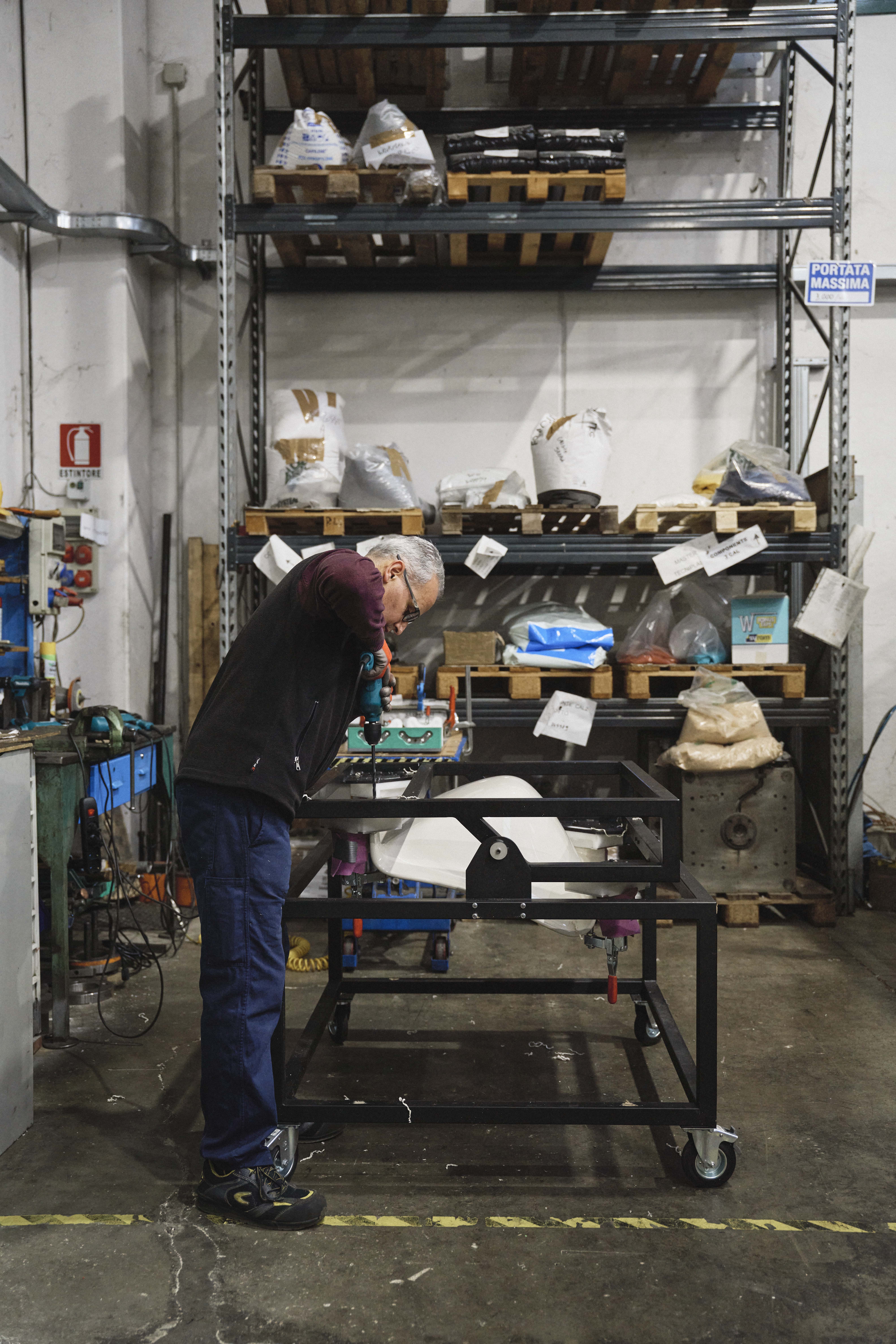
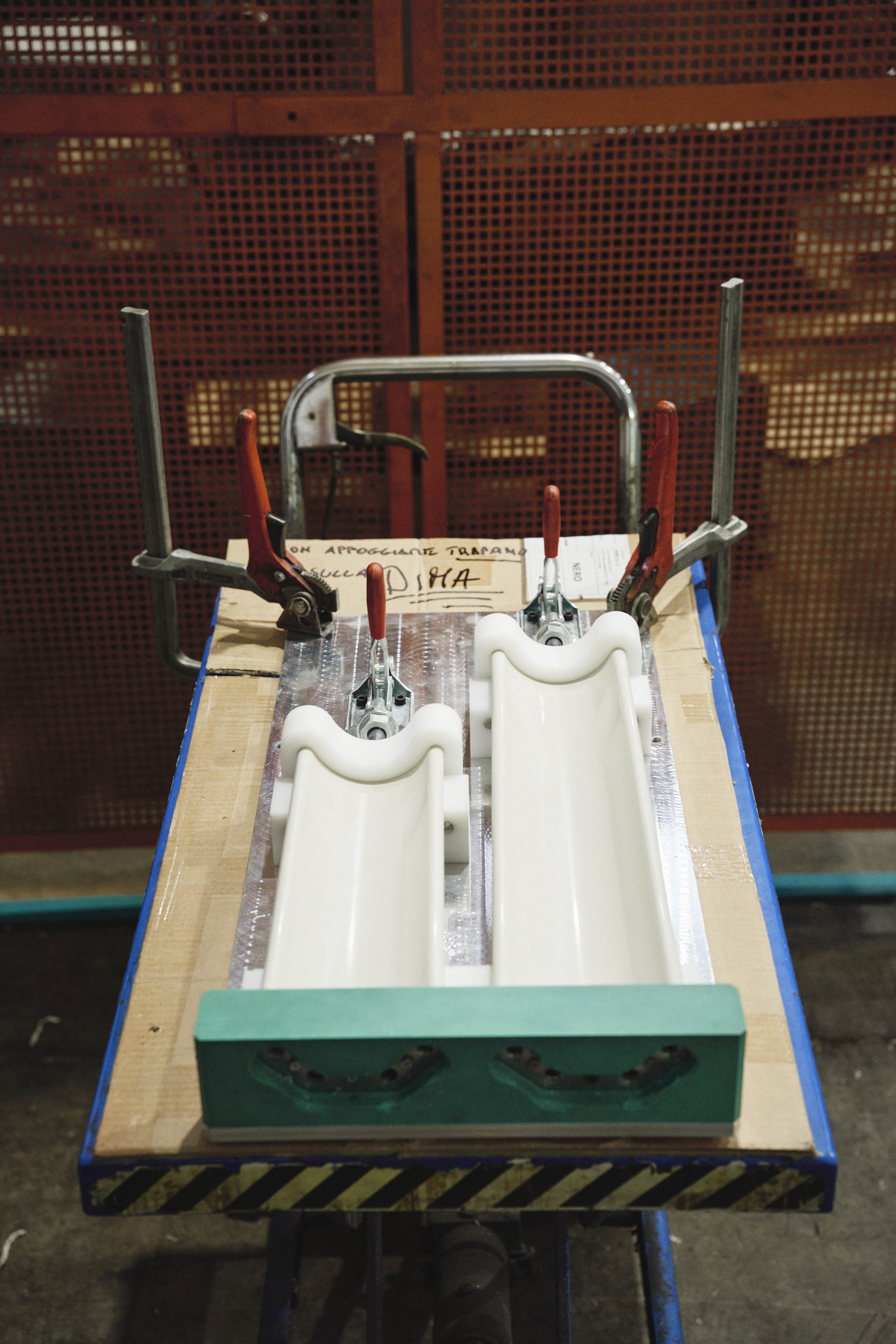
The reissued ‘F300’ is produced through a tightly controlled five-step process. It begins with HiREK pellets, melted and injected into moulds to form the seat, front leg and back leg – each engineered to reinforce stress points while preserving the chair’s lightweight, sculptural profile. Once moulded, they are refined by hand – trimmed, smoothed using specialised ceramic tools, and rested for 24 hours to allow the thermoplastic to stabilise.
Once transferred to a second production facility, the components are held in custom jigs to ensure precise alignment during assembly, while the thermoformed upholstery – a technique borrowed from luxury automotive interiors – guarantees seamless ergonomics and comfort. Each chair is then subjected to rigorous hand-finishing and quality control to ensure it meets both Gubi’s standards and Paulin’s original vision.
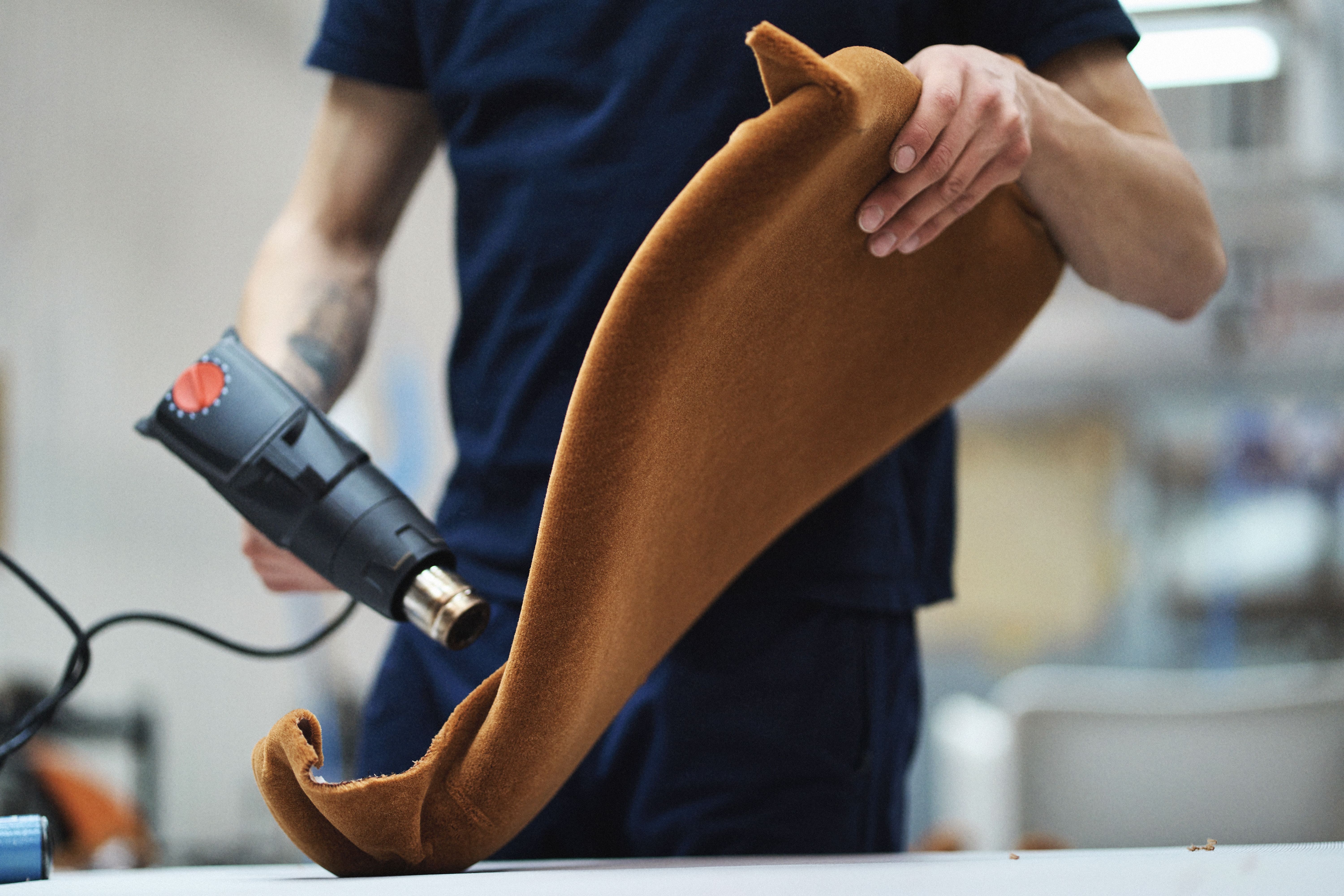
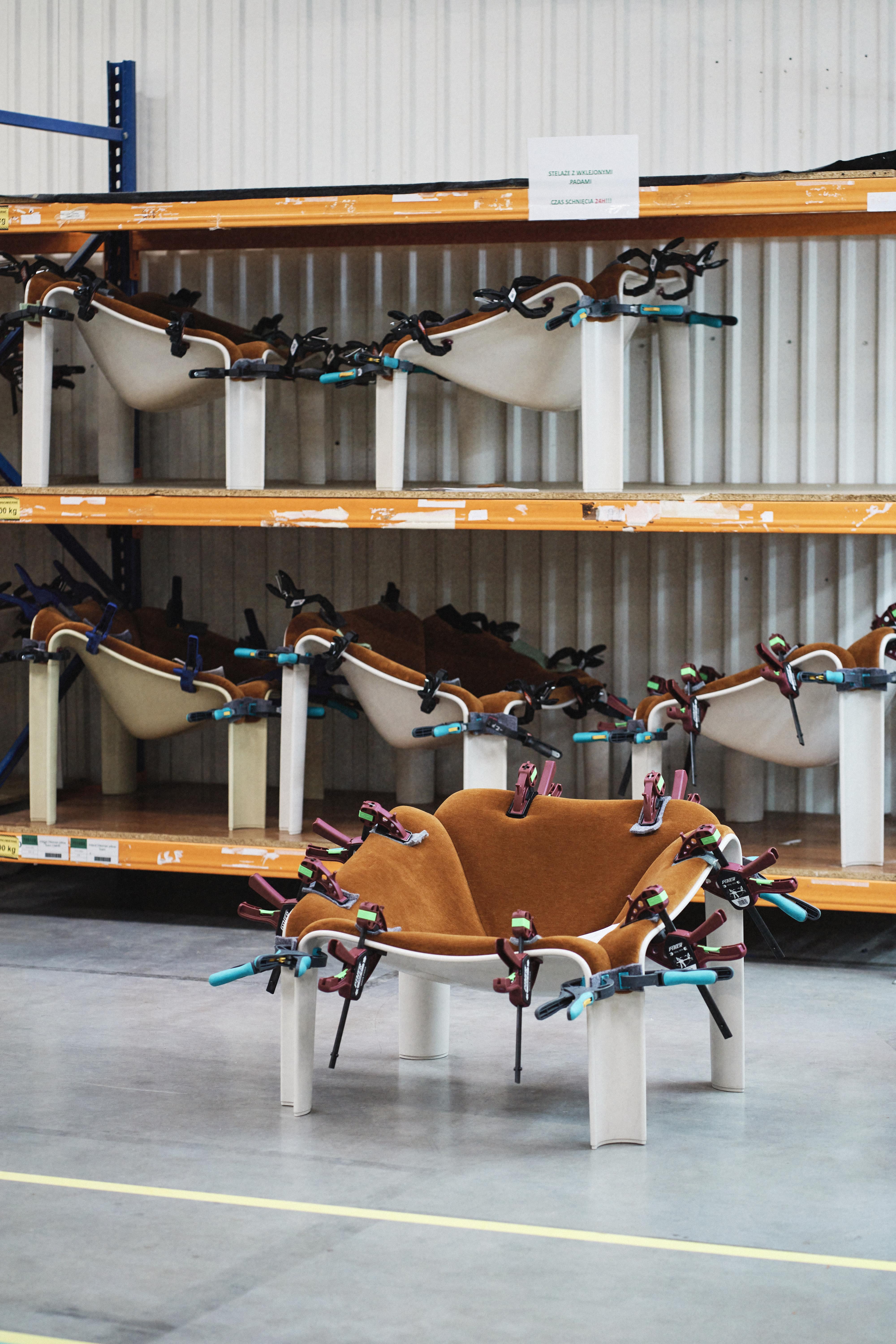
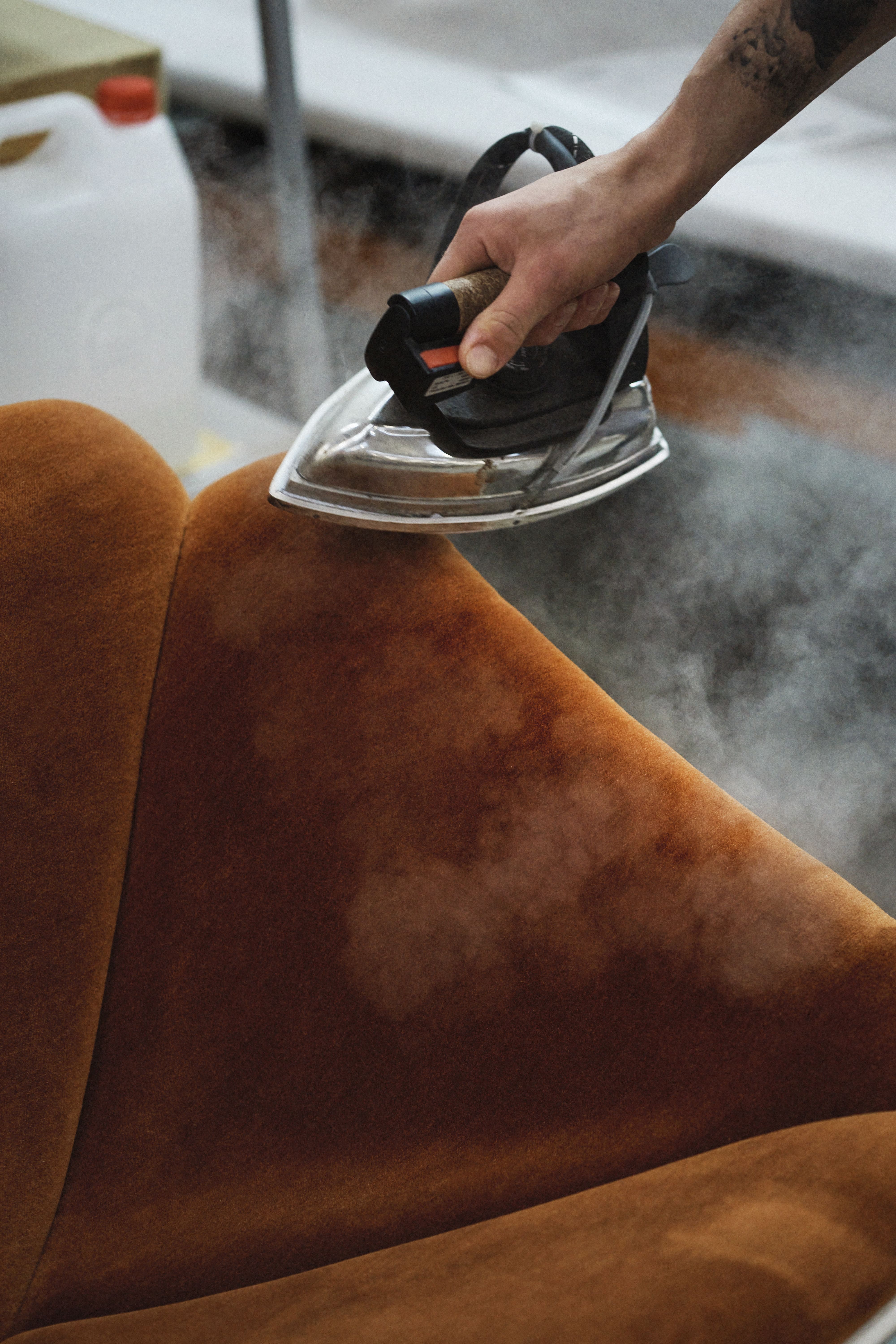
‘Balancing industrial precision with hand-finished quality is what makes this project so special – and so technically demanding,’ Schmidt adds. ‘Each piece is refined by hand to achieve the kind of seamless curves and reflective surfaces that Paulin envisioned. That was non-negotiable – we didn’t want the use of modern polymers to make the piece feel clinical or mass-produced. The hand-finishing and detailed quality control bring warmth and character back into the process.’
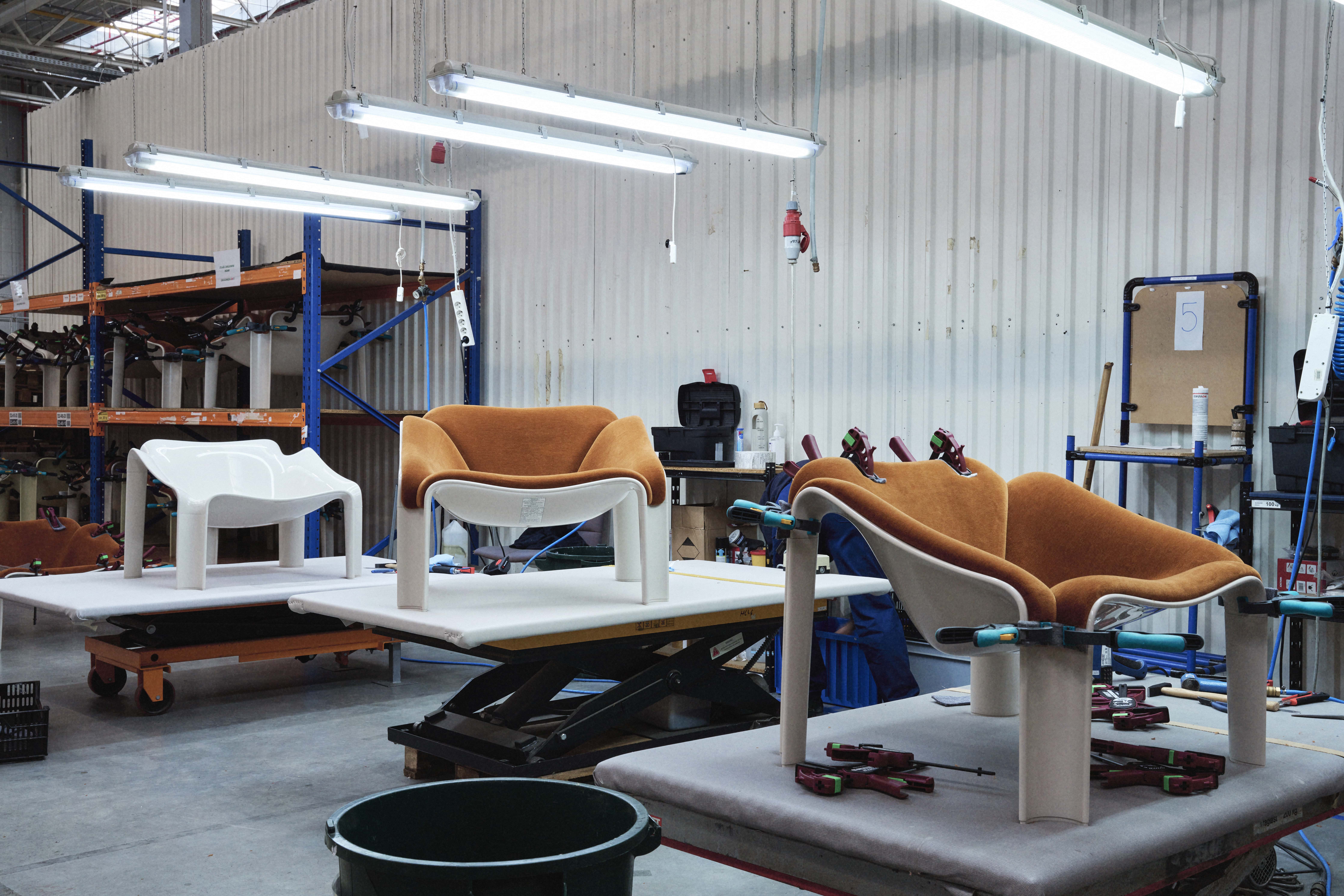
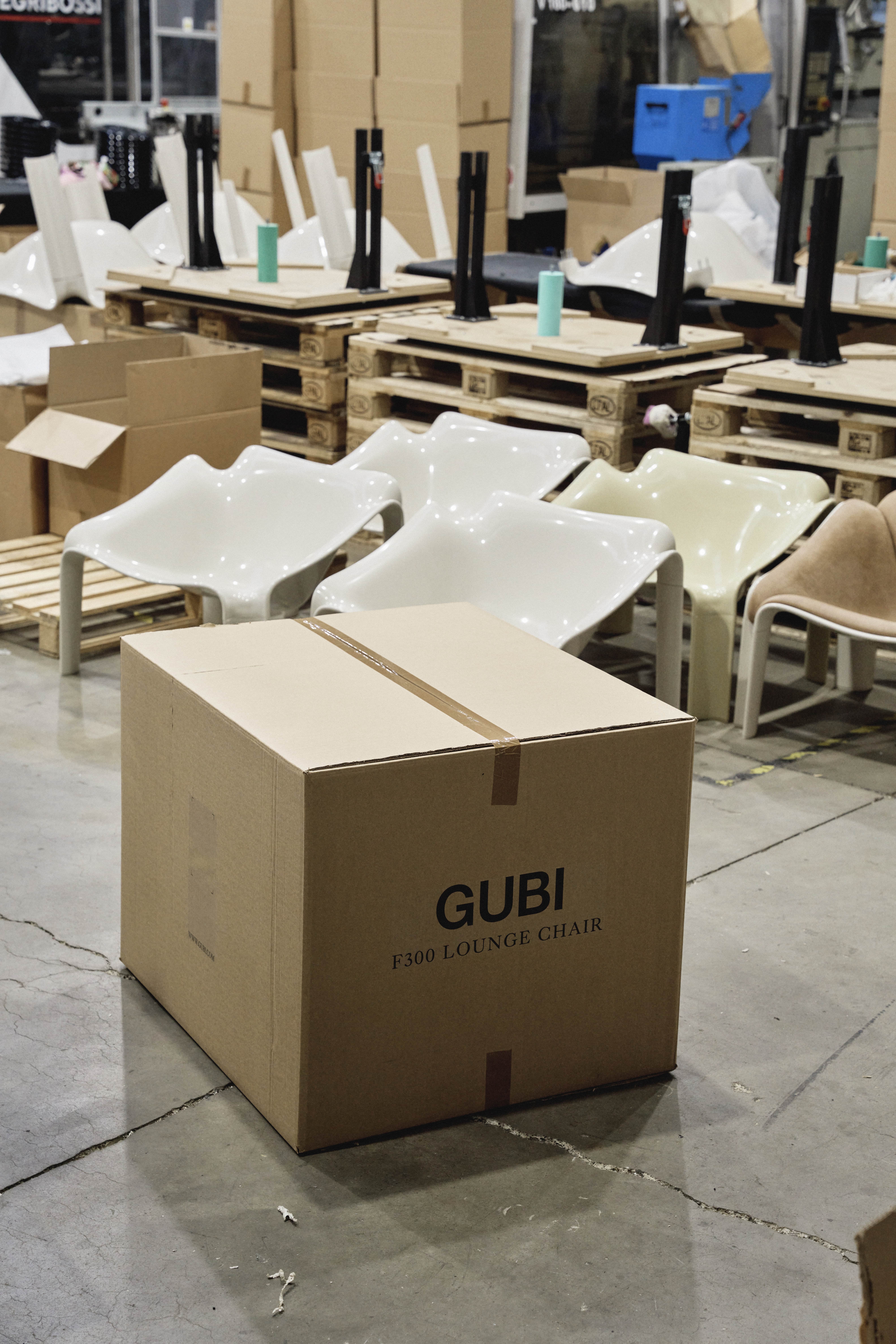
The ‘F300’ relaunch coincides with New York Design Week 2025 and Clerkenwell Design Week in London, supported by a campaign that sees ten characters interacting with the chair in different ways. ‘We’ve leaned into its cult appeal,’ says Schmidt of the marketing strategy. ‘The campaign nods to its futuristic roots, but we also wanted to show how comfortably it belongs in a modern setting. It’s sculptural, yes – but also deeply ergonomic and built to last. That kind of relevance is what defines a true classic.’
Ali Morris is a UK-based editor, writer and creative consultant specialising in design, interiors and architecture. In her 16 years as a design writer, Ali has travelled the world, crafting articles about creative projects, products, places and people for titles such as Dezeen, Wallpaper* and Kinfolk.
-
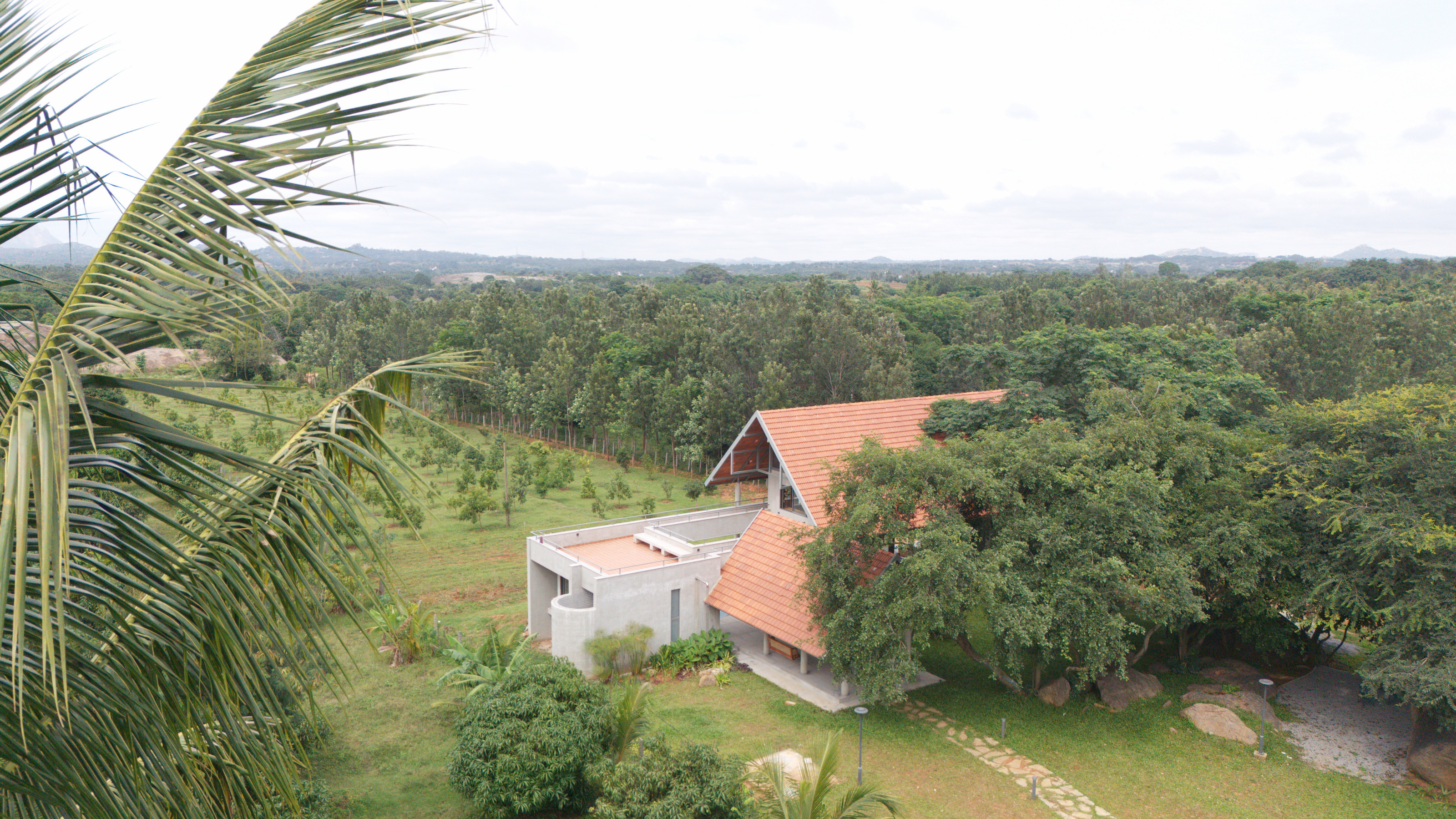 A refined Indian country residence reimagines the farmhouse
A refined Indian country residence reimagines the farmhouseSet among Karnataka’s rolling fields and forest, House by the Grove by Taliesyn Design & Architecture combines modern materials with an open approach to the elements
-
 New speakers for every space, from all-in-one systems to high-end towers
New speakers for every space, from all-in-one systems to high-end towersExperience the highs and lows of your favourite audio in crisp detail with this selection of seven new speakers, large and small
-
 Around London in sybaritic silence with the majestic all-electric Lunaz Phantom V
Around London in sybaritic silence with the majestic all-electric Lunaz Phantom VClassic electrifier Lunaz has turned its skilled hands to the Rolls-Royce Phantom V. We sample the ultimate in zero-emission luxury on the streets of London
-
 Societal design: Susanna Björklund’s inaugural ’Signals’ installation at Habitare
Societal design: Susanna Björklund’s inaugural ’Signals’ installation at Habitare -
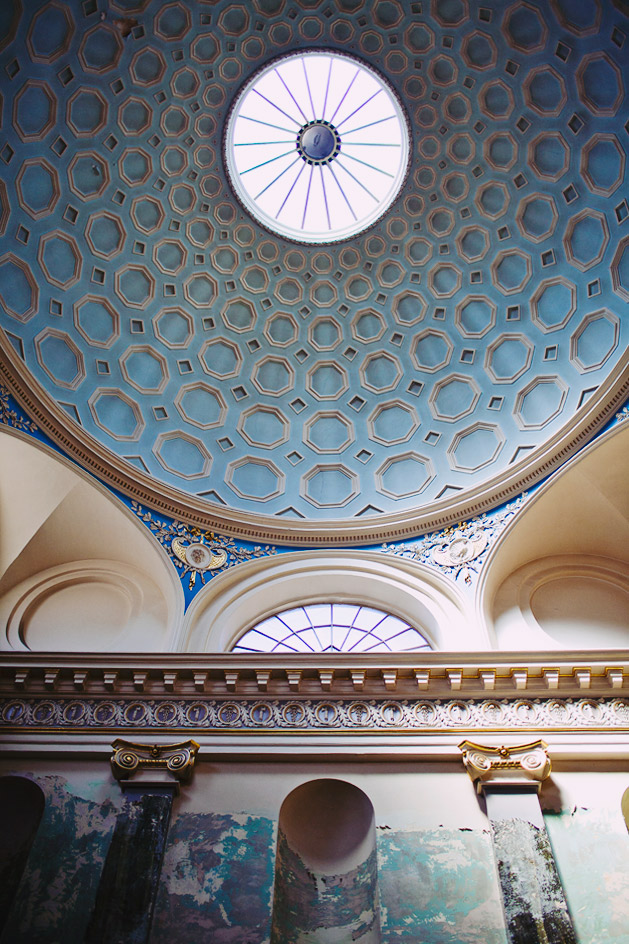 Creative city: Clerkenwell Design Week 2015 takes over London
Creative city: Clerkenwell Design Week 2015 takes over London -
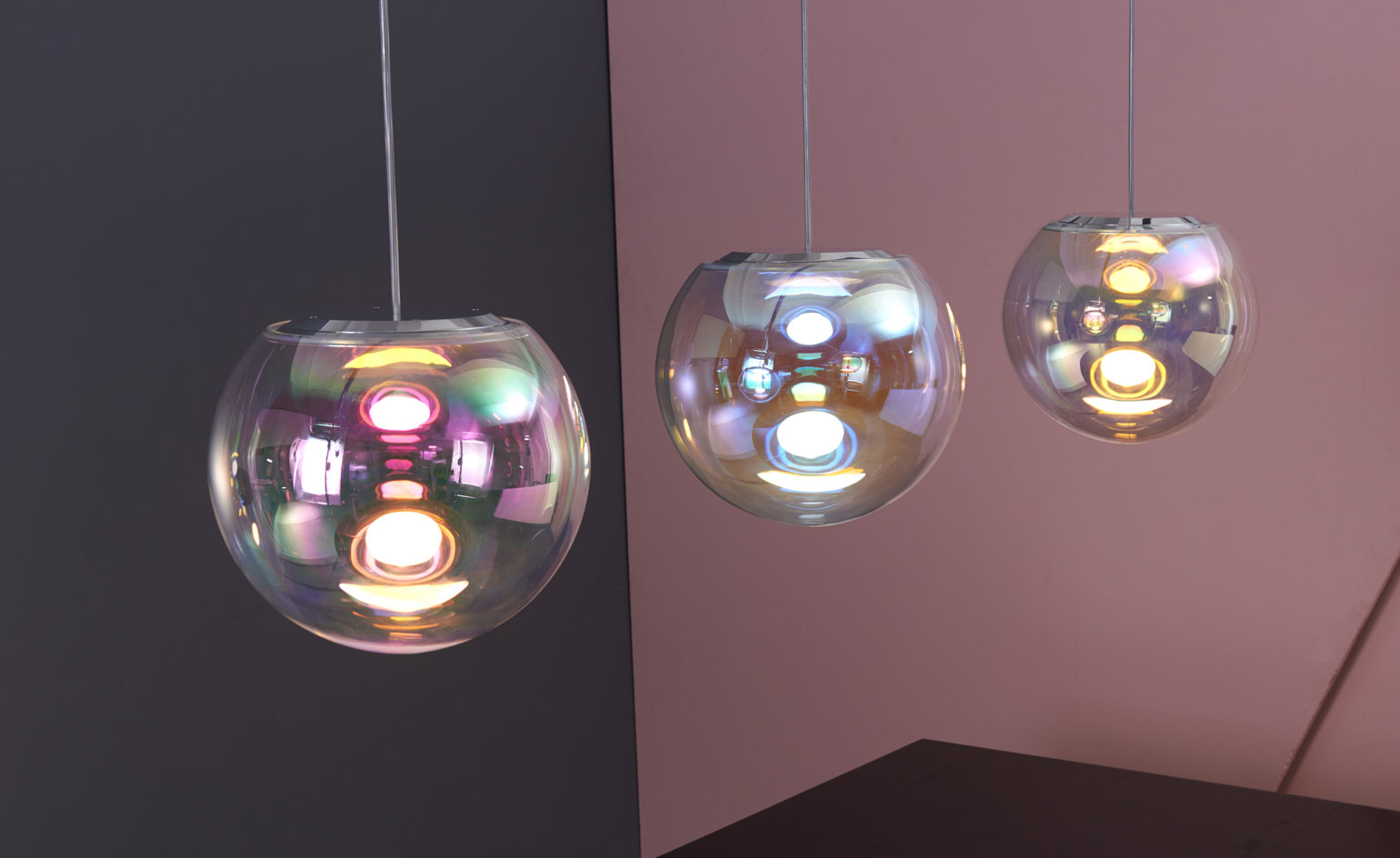 Fresh from the fair: IMM Cologne 2015
Fresh from the fair: IMM Cologne 2015